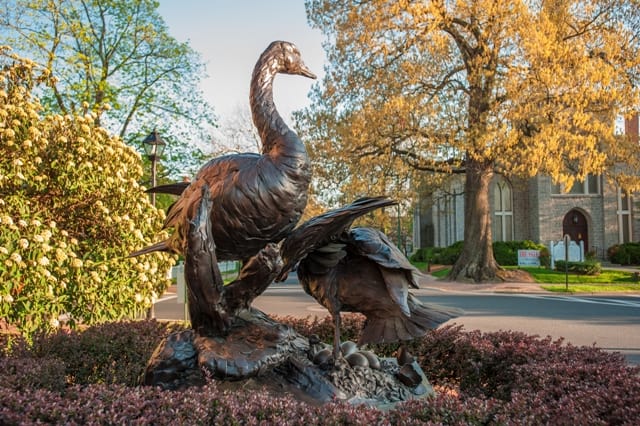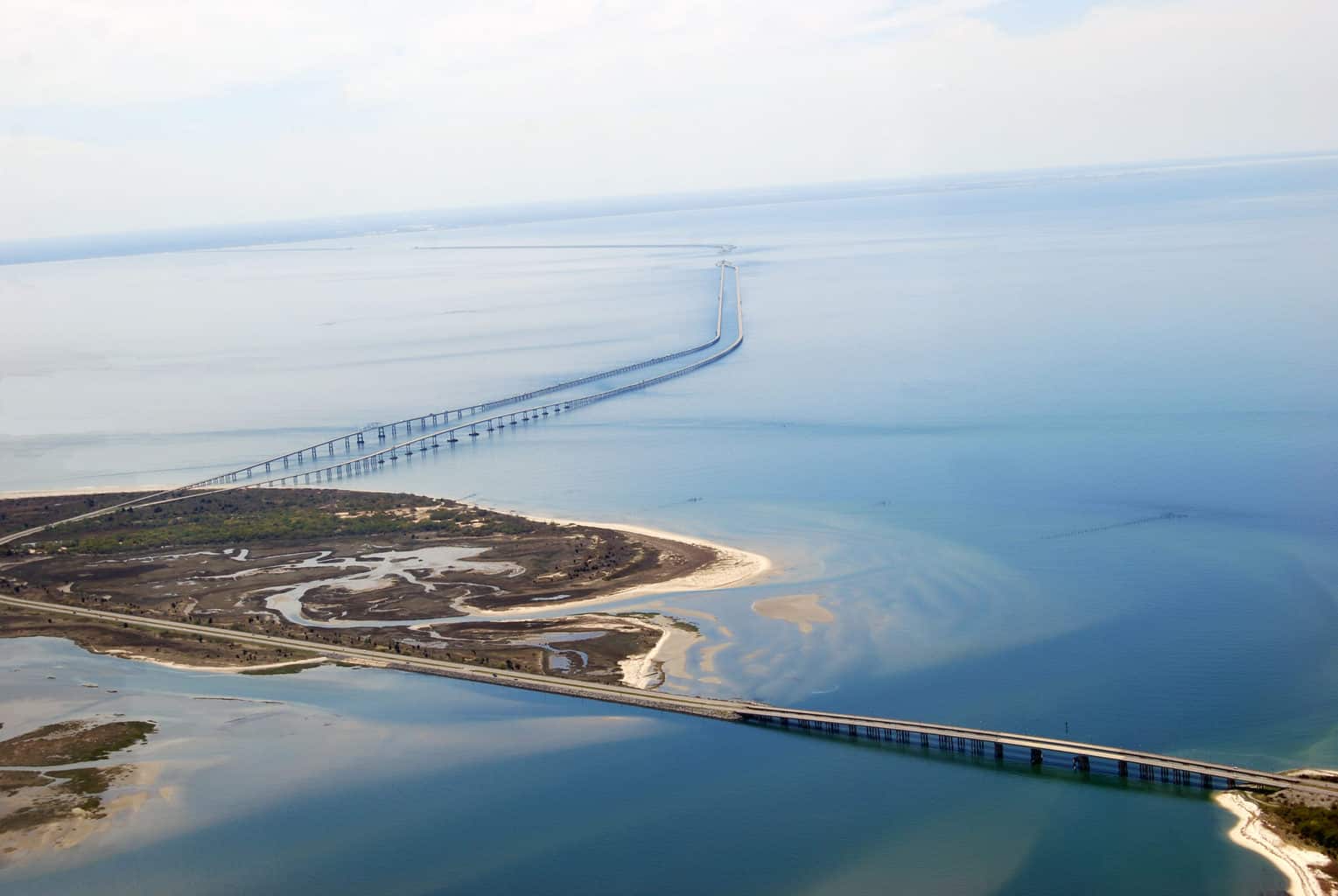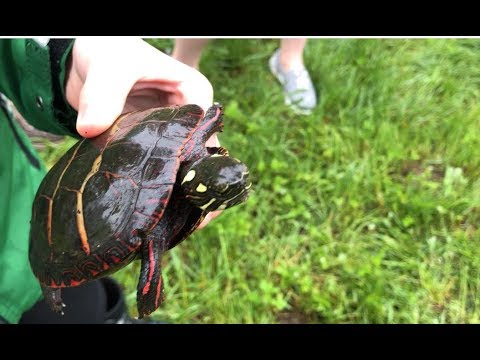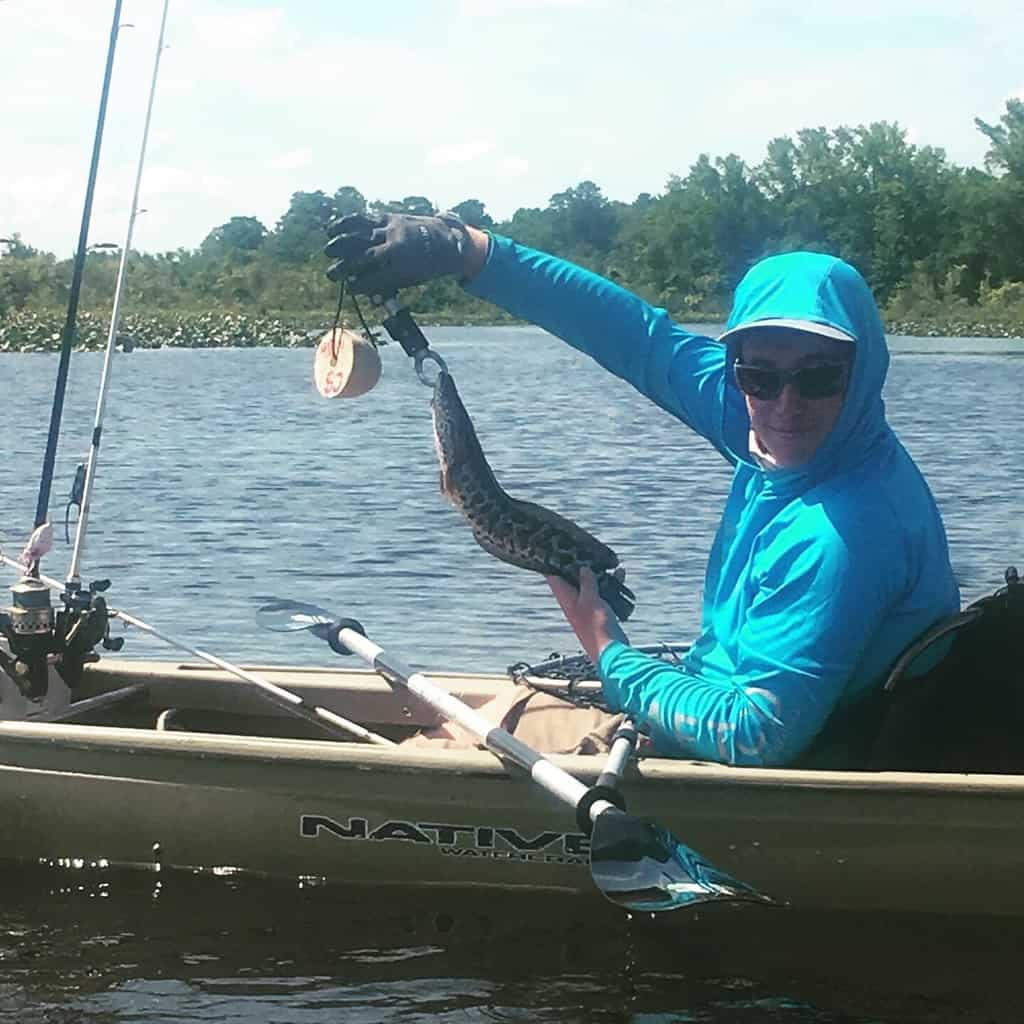The annual Waterfowl Festival in Easton, Md. is known to draw visitors from far and wide, and now we know just how much of an impact it has on the town and on Talbot County.
The Waterfowl Festival, which postponed its 50th anniversary event from 2020 to Nov. 12–14, 2021, just released an economic impact study looking at economic impact generated by festival visitors, both local and from out of town.
Data from the 2019 festival shows a $2.6 million impact, which organizers call “remarkable results for a once-a-year event of its size.” They say the report’s findings suggest that the 2021 Waterfowl Festival will be an important part of the entire county’s economic recovery from the COVID-19 pandemic.
Waterfowl Chesapeake, the organization that puts on the festival, commissioned the Rockport Analytics study with funding from the Maryland Heritage Areas Authority. It finds that more than 15,000 people attended the three-day event in 2019. Of those people, 45 percent came from more than 50 miles away especially for the festival. Visitors spent nearly $3 million in Talbot County, and more than one-third of that spending was on retail shopping.
“The quantitative and qualitative evidence here backs up what we knew in our hearts—that our celebration of wildlife art, sporting heritage and
the Eastern Shore lifestyle is woven into the fabric of our region and our state,” says Executive Director Margaret Enloe.
The study also polled Talbot County residents about the cultural impact of the festival, finding that the majority believe the Waterfowl Festival is very important to celebrating local heritage, uniting the community, and igniting local pride.
“Given everything we learned from this report and people’s pent-up eagerness to begin to enjoy the company of their friends and family,” says Festival President Kevin Greaney, “we believe that the 50th Festival in November 2021 will be an integral part of bolstering our local economy.”
Waterfowl Chesapeake holds events throughout the year, as well as the annual festival, to raise money for waterfowl and wildlife art. Over its 50 years, the organization has invested nearly $4 million in habitat conservation, $1.2 million in education, and more than $26,000 in widllife research initiatives.
-Meg Walburn Viviano




